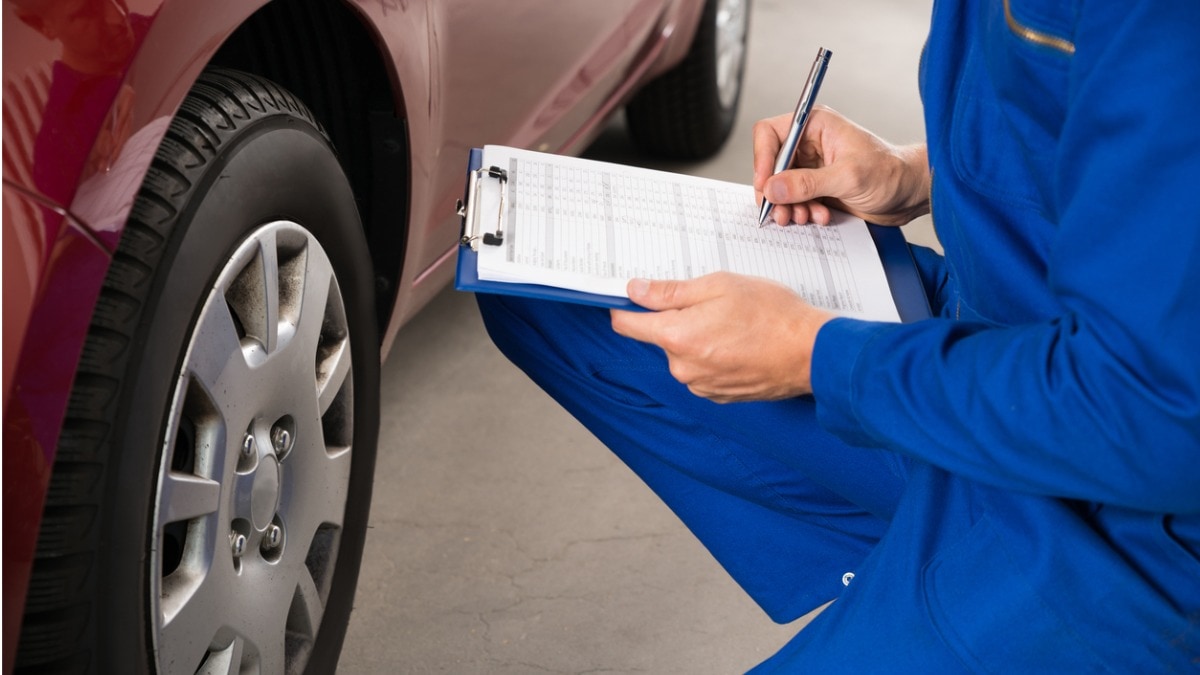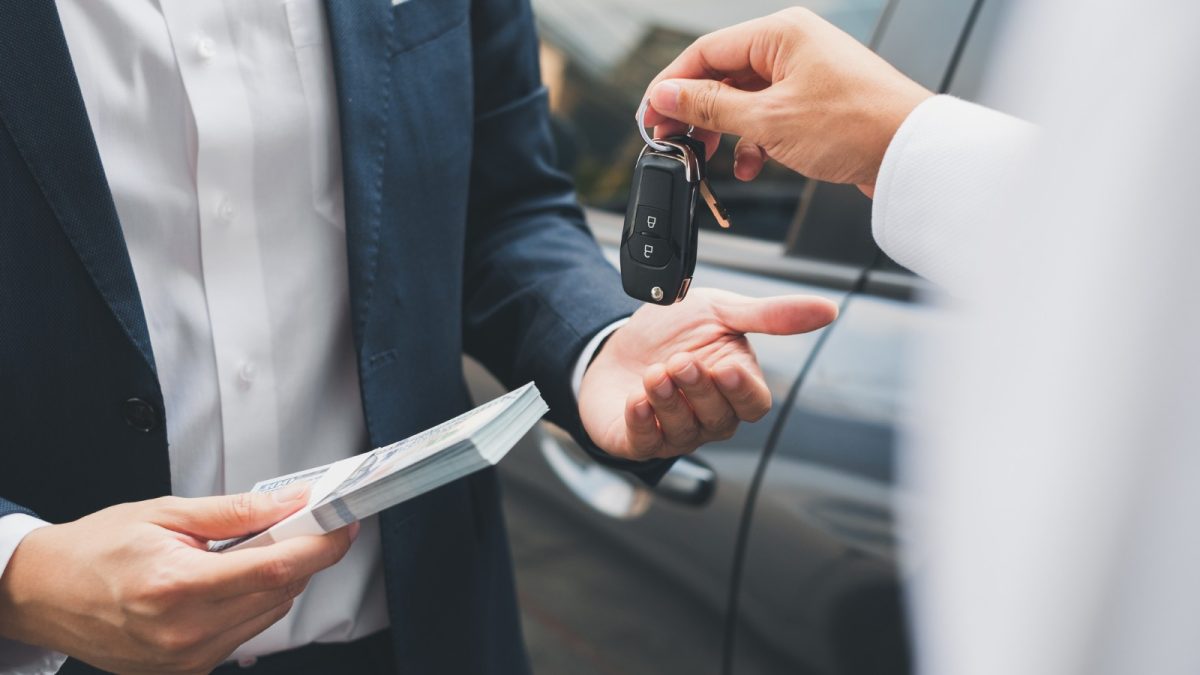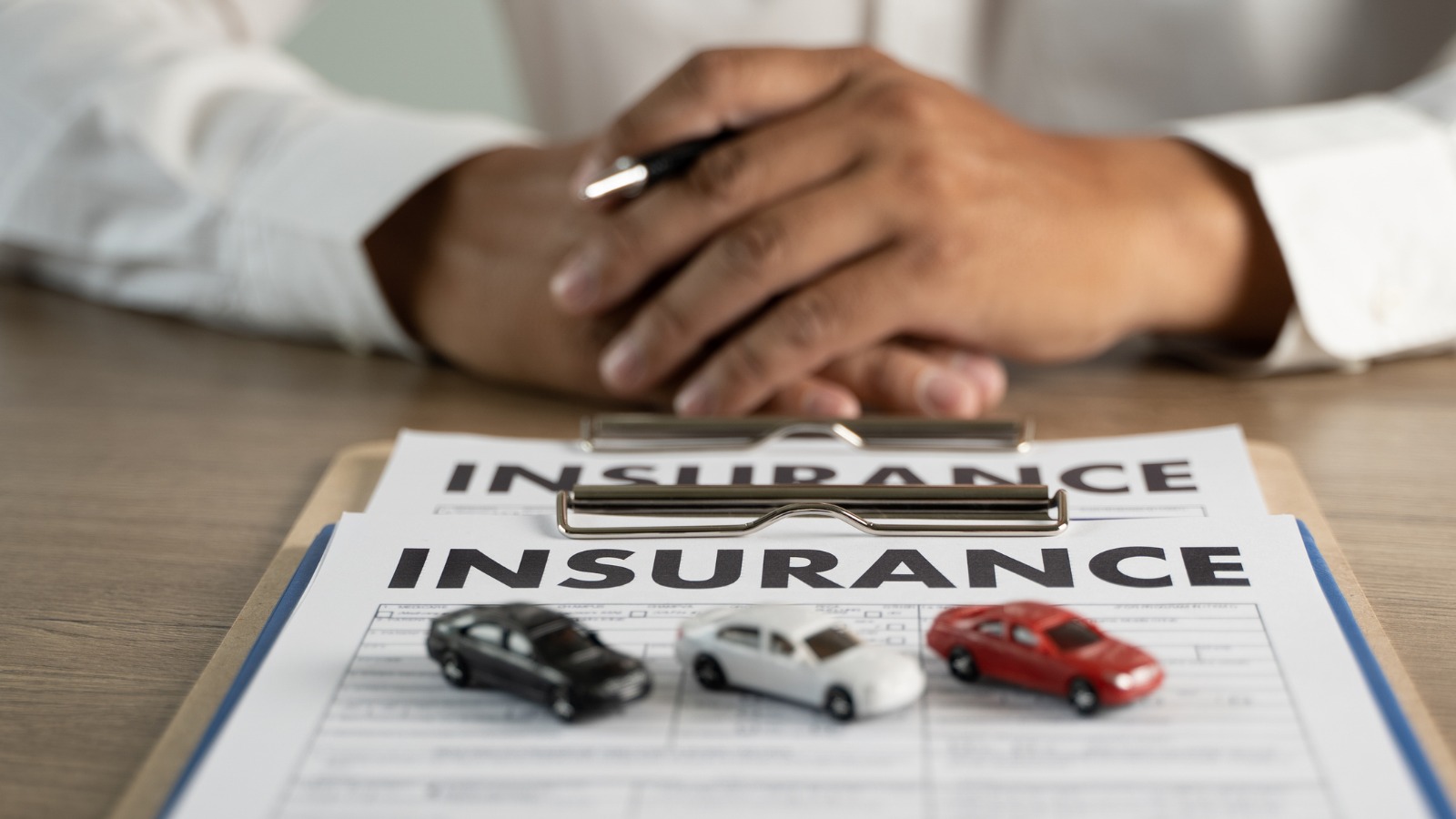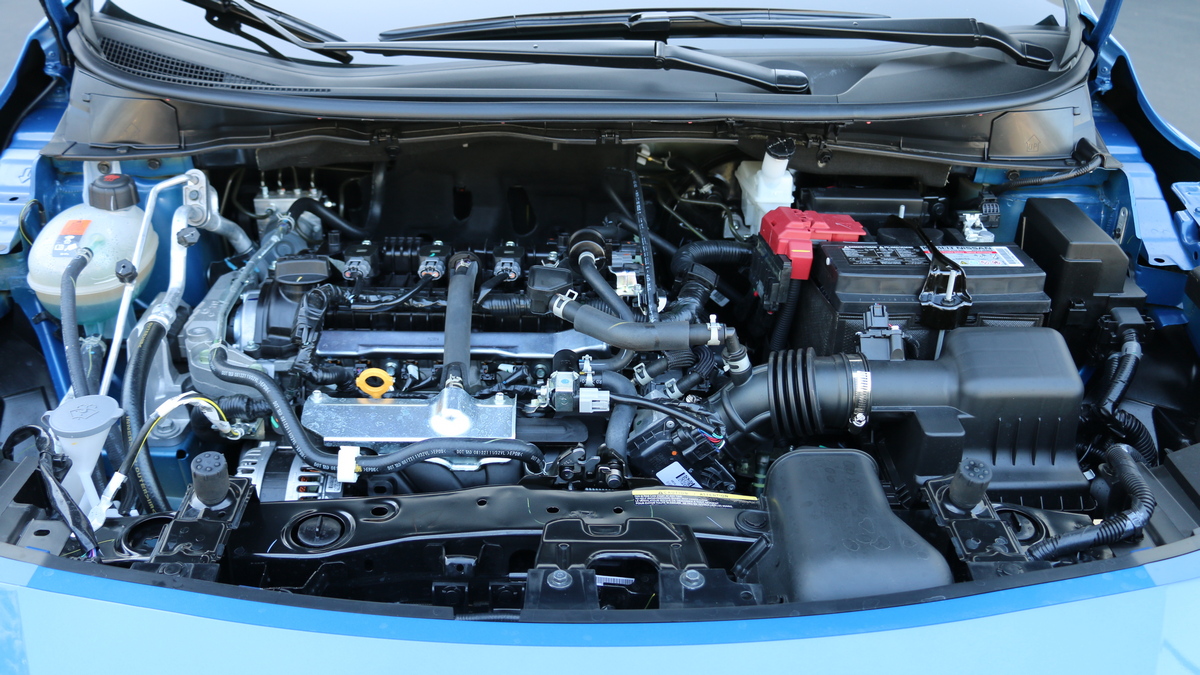Car Lease Return Quick Facts
- Lease agreements typically outline the precise items and their conditions that are acceptable.
- Sub-par DIY scratch repair can cost more to fix than the initial damage.
- If tires need replacing, buying them from the dealer might be less stressful than shopping for a cheaper deal.
Now that your 2- or 3-year contract is about to end, it’s time to think about how to handle your leased car return. Unlike an outright purchase, a lease is more of a long-term rental where you agree to make a set monthly payment for a specific period. You understand the lease agreement limits annual mileage and requires you to maintain the vehicle. And you’re aware you must return it with no excess wear and tear. However, failing to meet these points can cost you money when returning the car to the dealer.
The biggest piece of advice is to begin planning for returning your vehicle about three months before the lease ends. That gives you time to have an inspection and fix things in advance, potentially avoiding a significant financial hit when you return the key fob to the dealer.
- What Is Acceptable Wear and Tear?
- Dents and Scratches
- Glass and Wheels
- Tire Wear
- The Upside of Car Lease Return
- Options When Returning Your Leased Car
What Is Acceptable Wear and Tear?
Most leases provide for acceptable wear and tear. Contracts often spell out the precise items you’ll either get a pass on or pay for. In making this determination, the dealership where you turn in the car will inspect it. Items they will be looking for include the following:
- Dents and other collision damage
- Scratches and scrapes longer than 3 inches
- Wheel scrapes larger than 2 inches or longer
- Windshield cracks or chips larger than a quarter
- Tire wear with less than 1/8-inch remaining tread depth
About Dents and Scratches
Many dealers cover wear and tear charges of up to $500 or even $1,000 before they will dock you. Much of that cost will go toward fixing, cleaning, buffing, covering, replacing, etc., typically worn and torn items to make the vehicle look as close to like new as possible for resale. Larger scrapes, scratches, and dents are expensive to repair, especially if they involve paint fixes and blending. Some of these repairs could end up costing more than $1,000. So what can you do to offset any financial surprises when ending your lease?
It often makes sense to take the vehicle to a detail or body shop for repair estimates before returning it. Paintless dent repair technicians can fix dents and dings for a very reasonable cost. These folks can do magical work restoring many bodywork dents to arrow-straight perfection if the dent has not broken the paint surface.
Touch-up paints matching factory colors can repair scratches deeper than just the clear topcoat. You can order these paints by the vehicle model year and paint code so you know they’re exact. How-to videos might help even a novice achieve professional results. However, carefully consider your skills because a shoddy DIY job can cost more to correct than the initial scratch.
Glass and Wheel Fixes
If you have large cracks in your windshield, get ready for an expensive repair, especially if your vehicle has options such as rain-sensing wipers or auto high-beam headlight dimming. But if you have a chip or small “star” in your windshield, there are windshield repair kits that allow you to fill not only the chip but those pesky little cracks that creep out from the impact point. Pro tip: The best time to repair a chip is right after it happens, so jump on them early.
If you scraped your alloy wheels, causing damage you believe is above the lease-allowed threshold, there are repair services that can repair them and help save you money compared to the dealer’s cost. To make it that much easier, some services have mobile operations that will come to you and complete the job in your driveway.
Tire Wear
Most of the time, factory tires will last the length of a 2- or 3-year lease. If you’ve leased a certified pre-owned car, the tires could become worn further than is acceptable. Most of the time you won’t need new tires for two reasons:
- The dealership may have a better replacement price than the local tire store.
- They may not accept the tires you purchase so the effort is a waste of time and money.
If your tires are worn, take the vehicle to the dealership and ask them to give you a price for replacement. Note the exact make and size of the tires the service center quoted. If you think you can beat their price, take it to the local tire store. Make sure the cost that a local tire store quotes includes dismounting and recycling your old tires along with mounting and balancing the new tires. While you might find a local tire store with cheaper pricing, choosing the dealership for tire replacement is probably less stressful.
The Upside of Lease Car Return
If you take great care of the vehicle and are under the mileage cap, you are in luck. There’s a high demand for late-model, low-mileage used vehicles. As a result, your lease car return may even exceed the original estimate for residual vehicle value. That high value could mean money in your pocket.
You can check how much your car is worth at Kelley Blue Book Car Values. Once you have a figure, contact the dealership leasing office and find out what they’ll do for you. Remember, you don’t have to take your vehicle back to the original dealer. Instead, shop around and use that value to help negotiate your next deal.
More: Kelley Blue Book’s Best Car Lease Deals
Do You Ever Get Money Back at the End of a Lease?
It’s uncommon for the dealership or leasing company to give you money when you return their car. Monthly lease payments cover the vehicle’s depreciation and don’t go toward building equity.
Options When Returning Your Lease Car
In review, at lease turn-in, there are three routes you can take: simply return the vehicle, lease a new one, or purchase a replacement. Here’s what to expect from each:
On a simple return of your vehicle, you’ll have to go through an inspection, often conducted by an independent contractor, pay excess mileage penalties (at 20 cents per mile, a 10,000-mile overage is $2,000!), wear-and-tear chargebacks and a disposition fee of about $350. The disposition fee is for restocking the vehicle in dealer inventory and covers the cost of detailing and preparing the car for resale.
If you lease a new vehicle, you won’t need to do an inspection or pay for anything but excess wear and tear as well as excess mileage fees. Typically, the dealer won’t add a disposal charge. With your new lease, you may also be able to negotiate away some of the mileage and wear-and-tear charges.
Opting to buy instead of leasing will also result in the same scenario where the dealer will inspect your lease car return. They should waive the disposal fee as well as any additional charges as part of the new car deal.
Read Related Articles:
- Car Leasing Guide: How to Lease a Vehicle in 2024
- Can You Lease a Used Car?
- End of Lease: What You Need to Know
- Leasing vs. Buying an Electric Car in 2024
Editor’s Note: This article has been updated since its initial publication. Cam Benty contributed to the report.








